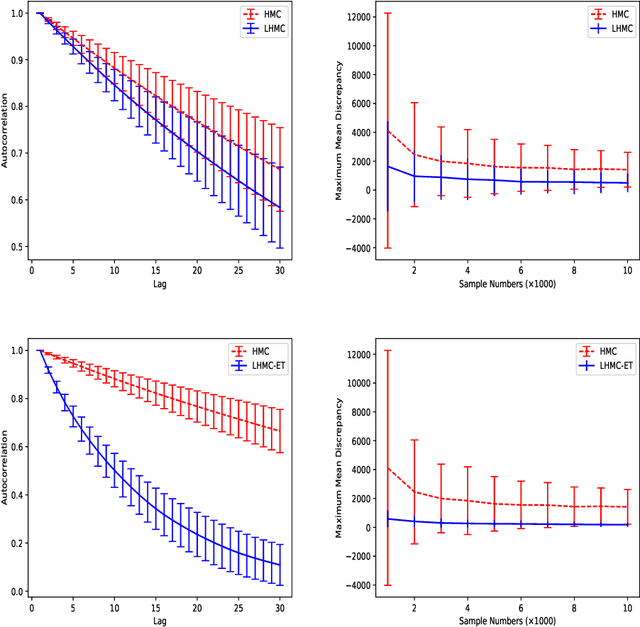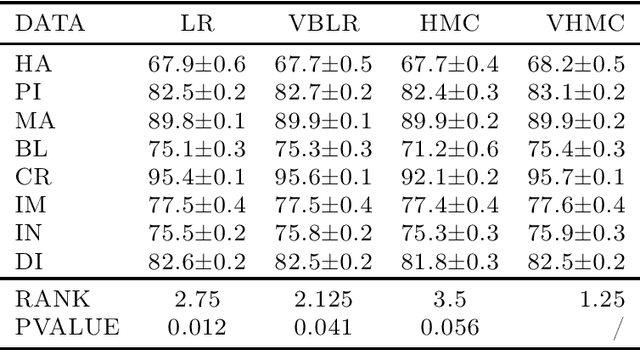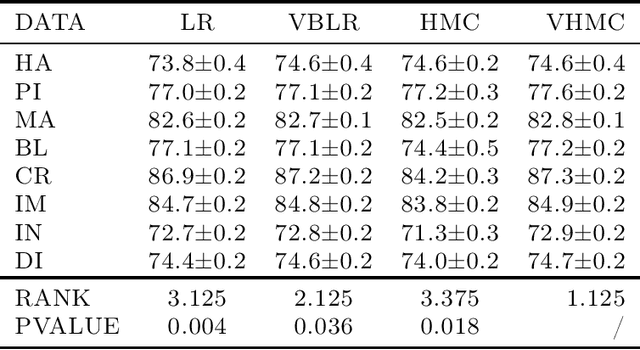Minghao Gu
Feature Space Adaptation for Robust Model Fine-Tuning
Oct 22, 2025Abstract:Catastrophic forgetting is a common issue in model fine-tuning, especially when the downstream domain contains limited labeled data or differs greatly from the pre-training distribution. Existing parameter-efficient fine-tuning methods operate in the weight space by modifying or augmenting the pre-trained model's parameters, which can yield models overly specialized to the available downstream data. To mitigate the risk of overwriting pre-trained knowledge and enhance robustness, we propose to fine-tune the pre-trained model in the feature space. Two new fine-tuning methods are proposed: LoRFA (Low-Rank Feature Adaptation) and VeFA (Vector-Based Feature Adaptation). Feature space adaptation is inspired by the idea of effect equivalence modeling (EEM) of downstream lurking variables causing distribution shifts, which posits that unobserved factors can be represented as the total equivalent amount on observed features. By compensating for the effects of downstream lurking variables via a lightweight feature-level transformation, the pre-trained representations can be preserved, which improves model generalization under distribution shift. We evaluate LoRFA and VeFA versus LoRA on image classification, NLU, and NLG, covering both standard fine-tuning metrics and robustness. Feature space adaptation achieves comparable fine-tuning results and consistently stronger robustness.
Multi-task CNN Behavioral Embedding Model For Transaction Fraud Detection
Nov 29, 2024



Abstract:The burgeoning e-Commerce sector requires advanced solutions for the detection of transaction fraud. With an increasing risk of financial information theft and account takeovers, deep learning methods have become integral to the embedding of behavior sequence data in fraud detection. However, these methods often struggle to balance modeling capabilities and efficiency and incorporate domain knowledge. To address these issues, we introduce the multitask CNN behavioral Embedding Model for Transaction Fraud Detection. Our contributions include 1) introducing a single-layer CNN design featuring multirange kernels which outperform LSTM and Transformer models in terms of scalability and domain-focused inductive bias, and 2) the integration of positional encoding with CNN to introduce sequence-order signals enhancing overall performance, and 3) implementing multitask learning with randomly assigned label weights, thus removing the need for manual tuning. Testing on real-world data reveals our model's enhanced performance of downstream transaction models and comparable competitiveness with the Transformer Time Series (TST) model.
Variational Langevin Hamiltonian Monte Carlo for Distant Multi-modal Sampling
Jun 01, 2019



Abstract:The Hamiltonian Monte Carlo (HMC) sampling algorithm exploits Hamiltonian dynamics to construct efficient Markov Chain Monte Carlo (MCMC), which has become increasingly popular in machine learning and statistics. Since HMC uses the gradient information of the target distribution, it can explore the state space much more efficiently than the random-walk proposals. However, probabilistic inference involving multi-modal distributions is very difficult for standard HMC method, especially when the modes are far away from each other. Sampling algorithms are then often incapable of traveling across the places of low probability. In this paper, we propose a novel MCMC algorithm which aims to sample from multi-modal distributions effectively. The method improves Hamiltonian dynamics to reduce the autocorrelation of the samples and uses a variational distribution to explore the phase space and find new modes. A formal proof is provided which shows that the proposed method can converge to target distributions. Both synthetic and real datasets are used to evaluate its properties and performance. The experimental results verify the theory and show superior performance in multi-modal sampling.
 Add to Chrome
Add to Chrome Add to Firefox
Add to Firefox Add to Edge
Add to Edge